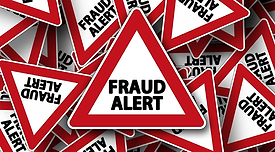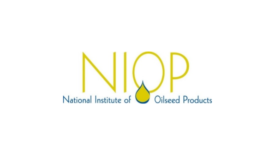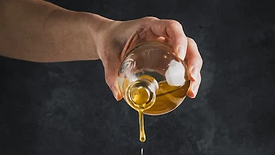Home » food fraud
Articles Tagged with ''food fraud''
Cybersecurity and Food Defense: Establishing an ISAC for the Food and Agriculture Sector
With security threats on the rise, an Information Sharing and Analysis Center (ISAC) is needed for the food and agriculture sector
April 10, 2023
Never miss the latest news and trends driving the food safety industry
eNewsletter | Website | eMagazine
JOIN TODAY!Copyright ©2025. All Rights Reserved BNP Media.
Design, CMS, Hosting & Web Development :: ePublishing












